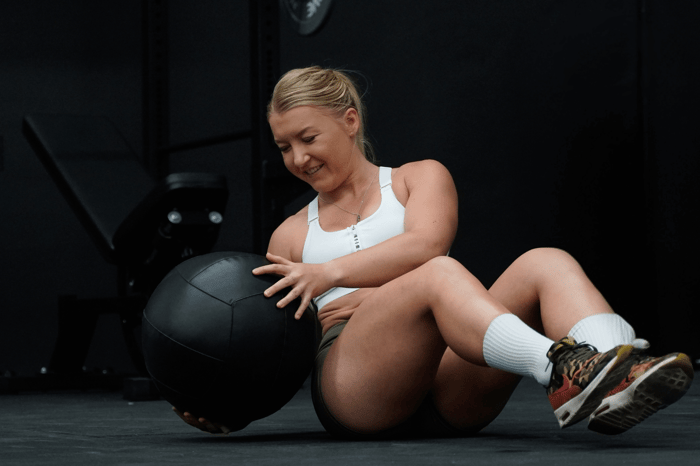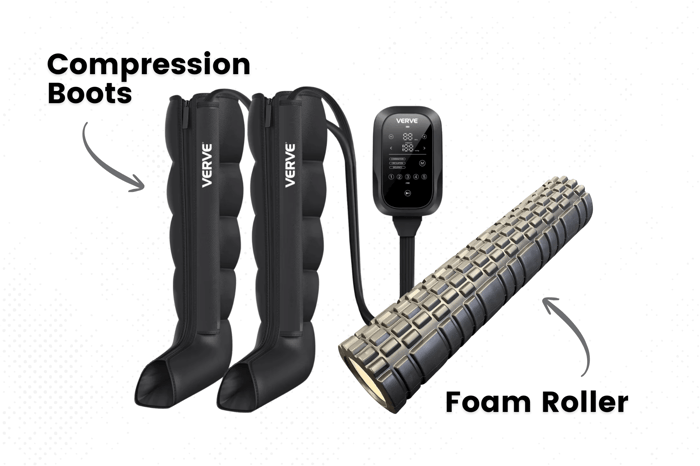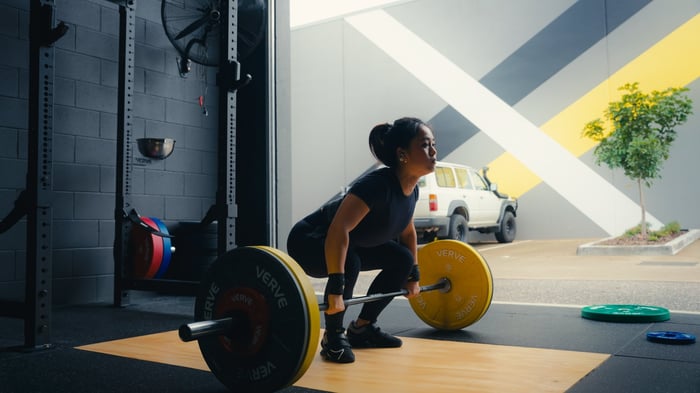You've probably heard the phrase, “No pain, no gain.”
For some lifters, that means pushing every set to the point of failure—reps until your muscles give out completely.
But is that really the best way to build strength?
Especially if you’re new to lifting?
Here’s what you need to know about training to failure: what it is, why it’s often misunderstood, and how to use it with purpose once you’re ready.
Failure Isn’t the Goal. Progress Is.
What Is Training to Failure?
Training to failure means doing a set until your muscles physically cannot complete another rep with proper form.
It’s the final push where the weight slows down, your technique starts to slip, and your body taps out.
While this approach is often glorified, failure should not be your default.
The goal is controlled effort that challenges your muscles while keeping your form sharp and your training consistent.
Should Beginners Train to Failure?
When you're starting out, your body responds quickly to training.
This is known as the “newbie gains” phase, where your strength improves just by showing up, lifting consistently, and learning good technique.
Pushing every set to failure in this stage can do more harm than good.
It can:
- Increase your risk of injury
- Lead to poor lifting habits
- Cause unnecessary fatigue or burnout
Instead, beginners benefit from:
- Leaving 1 to 2 reps in reserve
- Focusing on clean technique
- Progressing gradually with good recovery
You do not need to fail to grow. You just need to train with intent.
When Should You Train to Failure?
Once you have a strong base, training to failure can become a useful tool.
It is best used by more experienced lifters who are confident in their technique and understand how to manage fatigue.
Training to failure can help:
- Recruit more muscle fibres
- Create more metabolic stress
- Stimulate muscle growth
- Break through plateaus
It works well for:
- Isolation exercises like curls or extensions
- Final sets in your workout
- Machines with built-in safety features
- Drop sets or assisted reps with a spotter
Avoid using failure on big compound lifts unless you have proper safety gear like spotter arms or safety straps. A good setup lets you push yourself without risking injury.
The Bottom Line
Training to failure is not bad.
It just needs to align with your goals, experience level, and ability to recover.
Beginners should prioritise consistency, form, and progression.
Advanced lifters can experiment with failure as a way to level up—but only with control, purpose, and support gear to keep things safe.
Train to grow. Not just to fail.
Explore VERVE’s strength essentials, from beginner-safe accessories to progression-focused attachments built for every lifter.




